What Makes One Beer Different From Another?
Need a beer to go? Well, you're not alone. According to USA Today, over 40% of alcohol lovers claim that beer is their favorite beverage. But not all beers are made equal. In fact, that's the beauty of beer! You will have so many options to choose from when you need a beer to go.
The complex taste of beer is also very enjoyable, which brings us to the question of why beers can look and taste different. Well, it all comes down to the beer style, the ingredients, and the fermenting process.
Everything You Need to Know About Beer Styles
As mentioned, beer hits your tastebuds differently, and those differences can be categorized by assigning "styles" to beers. To begin with, all beers are categorized as either lagers or ales. Within these categories, you'll find beer styles are further classified using ranges of alcohol by volume (ABV), color, and additional ingredients.
When brewing an ale, the top fermentation process is used. It involves fermenting yeast at warmer temperatures and the yeast will be visible at the top. On the other hand, when brewing a lager, the yeast is bottom-settling, cooler temperatures are used, and the fermentation process takes longer.
The type of yeast used for ales and lagers is also different. With ales, you need yeast that has a high tolerance for alcohol. This is just the tip of the iceberg when it comes to beer styles. Brewing beer can be a highly scientific process, but many brewers also add a creative touch to make their beers unique.
Others love to stick to traditional brewing methods, while others are on a mission to discover new and modern beer styles that add more interest.
A Look At Beer Recipes
Besides the fermentation process, an IPA tastes different from a stout or a porter because of the beer recipe used. The main ingredients for beer are water, grain, yeast, and hops. But, you'll be surprised at how they can be used to create many kinds of unique beer. For starters, there's a variety of grains, hops, and yeast to choose from.
You can also use water with different chemistry profiles to alter the flavor and color of the beer. Secondly, you can also add other ingredients to give the beer a special taste, for instance, spices, fruit, and coffee. So, you'll find that you can have two beers that are both ales or lagers, but they are still different. In other words, they will have the same style, but their ingredient profile makes them unique. Every brewer out there can put their own spin on a beer through the combination of different ingredients.
Breaking Down Lagers And Ales
Every beer on the market is either an ale or a lager. Lagers are made with yeast strains that prefer bottom and colder fermentation and which have a lower tolerance for alcohol. New beer drinkers often start by experimenting with lagers because of their light taste. Lagers can also taste malty and popular examples include Coors and Budweiser.
These options don't have many complex flavors, so they're a suitable entry point as you explore and navigate the world of beer styles. While discovering new beer styles, you may come across several misconceptions about ales and lagers. One common misconception is that ales are stronger and darker than lagers. But, this is not true because dark ales and lagers exist across high and low ABV ranges.
Next, we just want to take a look at the different types of beers so you have a better understanding of the available options whenever you need a
beer to go. We have already defined lagers as having a clean, consistent, and light, malty flavor.
Indian Pales Ales (IPA) typically have high alcohol levels and can be strong and bitter or have a citrus or fruity flavor, depending on the type of hops used. In contrast, pale ales have lower alcohol levels, a malty flavor, and a medium body. Then you have stout beers, which are darker but generally sweet, and pilsners that have a light, gold color, and a crisp taste. There are also many other beer varieties to explore.
The bottom line is that beers taste different because they are created using different fermenting processes, and the original ingredients can be different. The importance of knowing all the different beer styles is so you can easily pick and choose your potential favorites.
Ready for a beer to go? Get in touch with us because we are ready to assist!

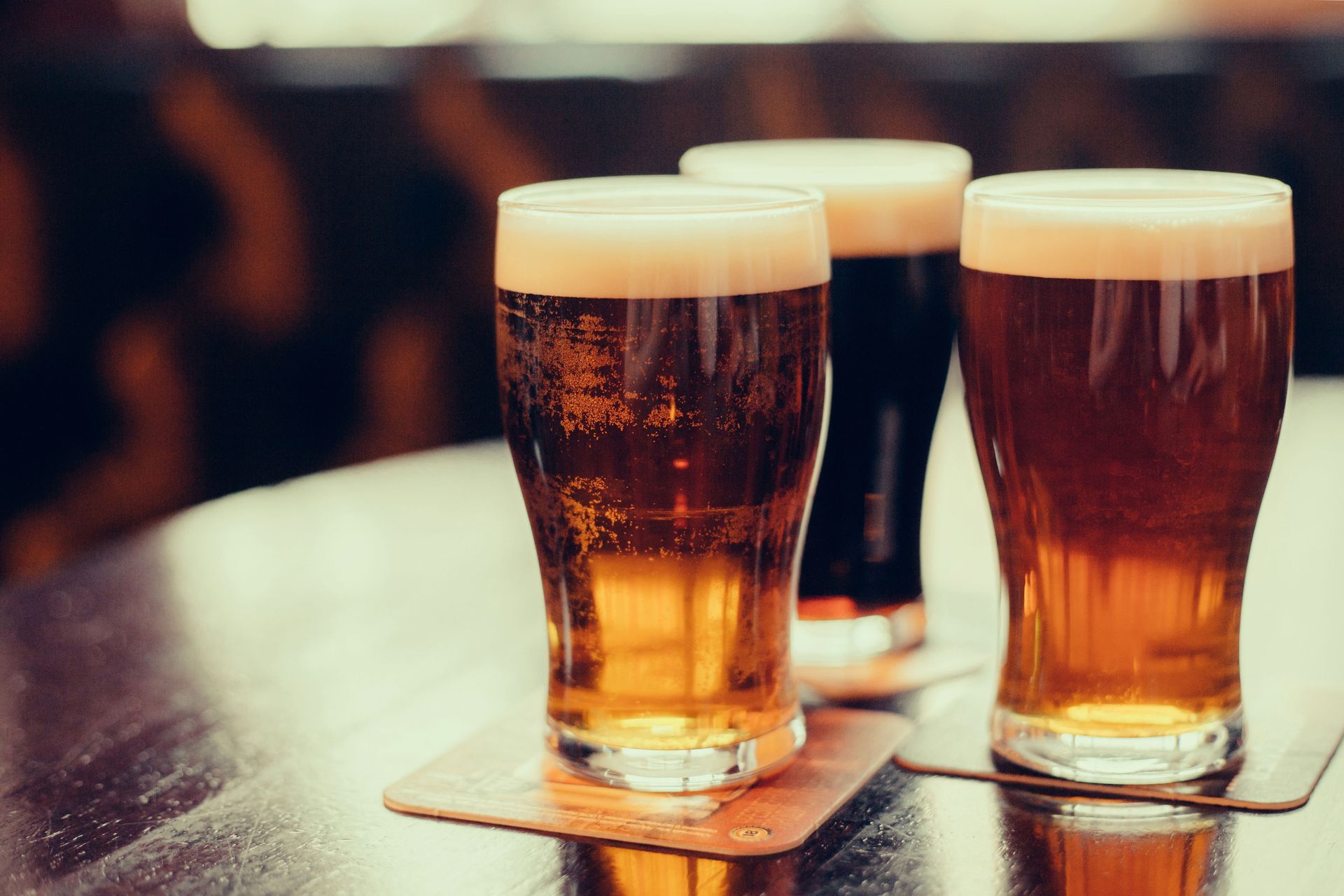

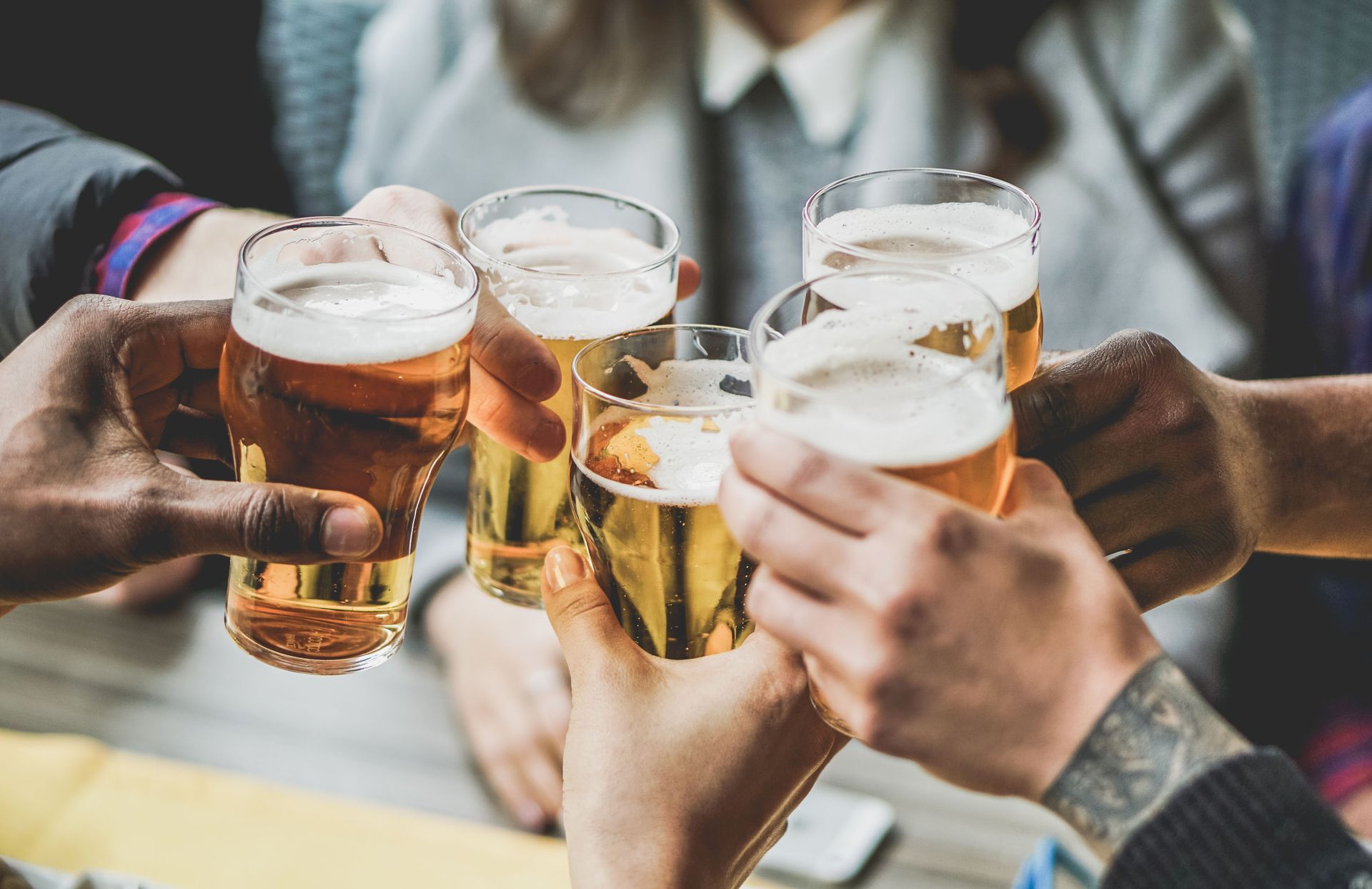

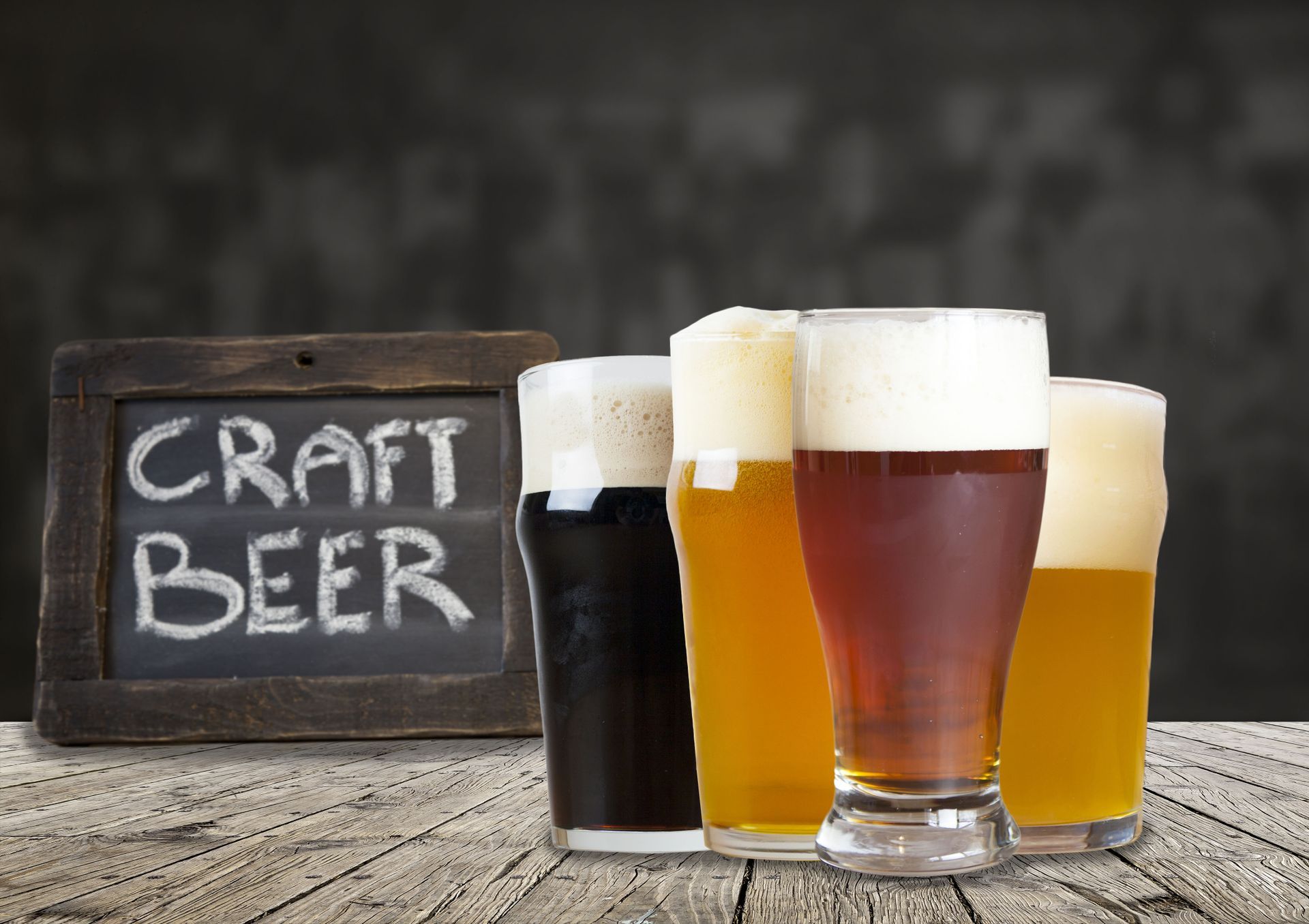
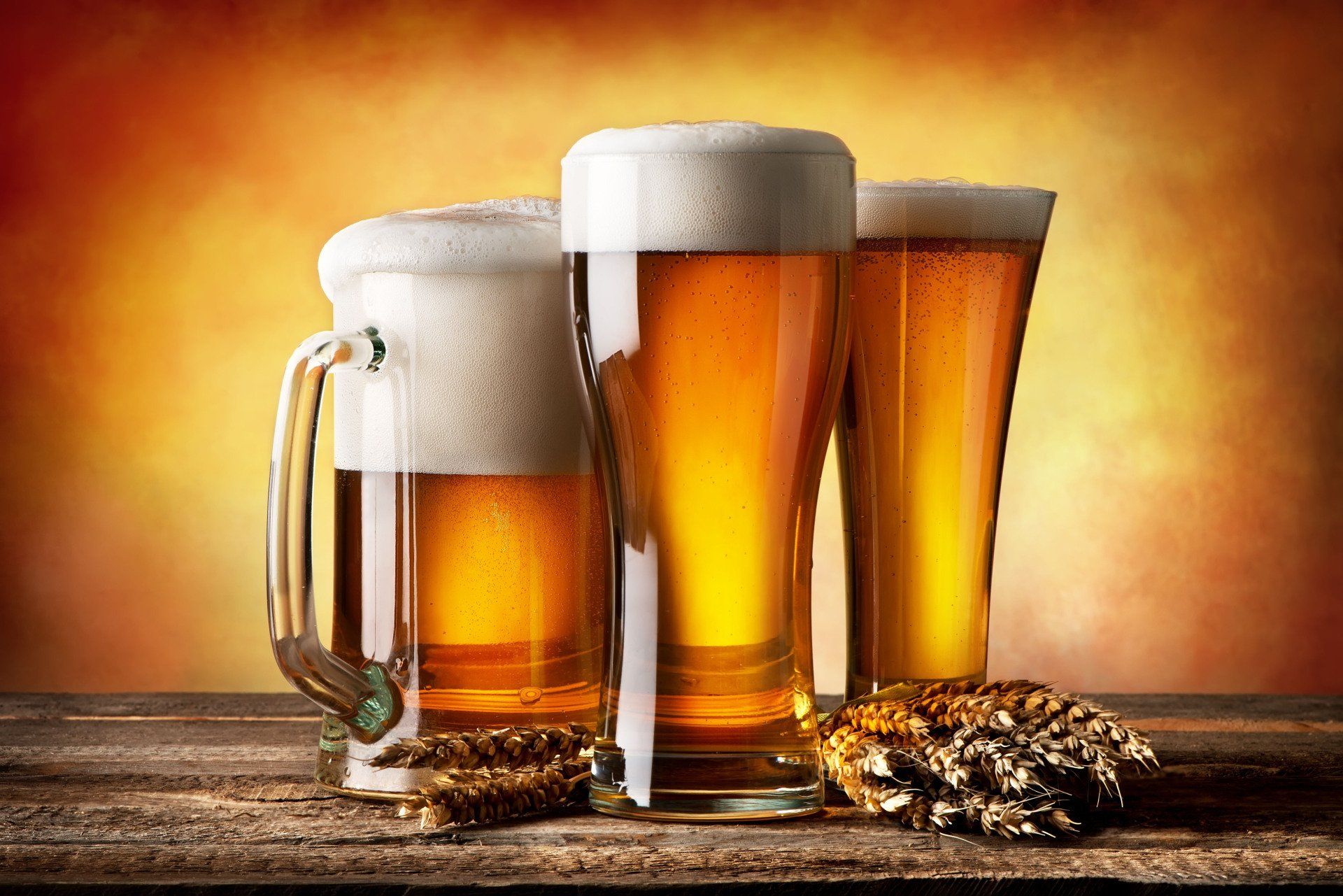
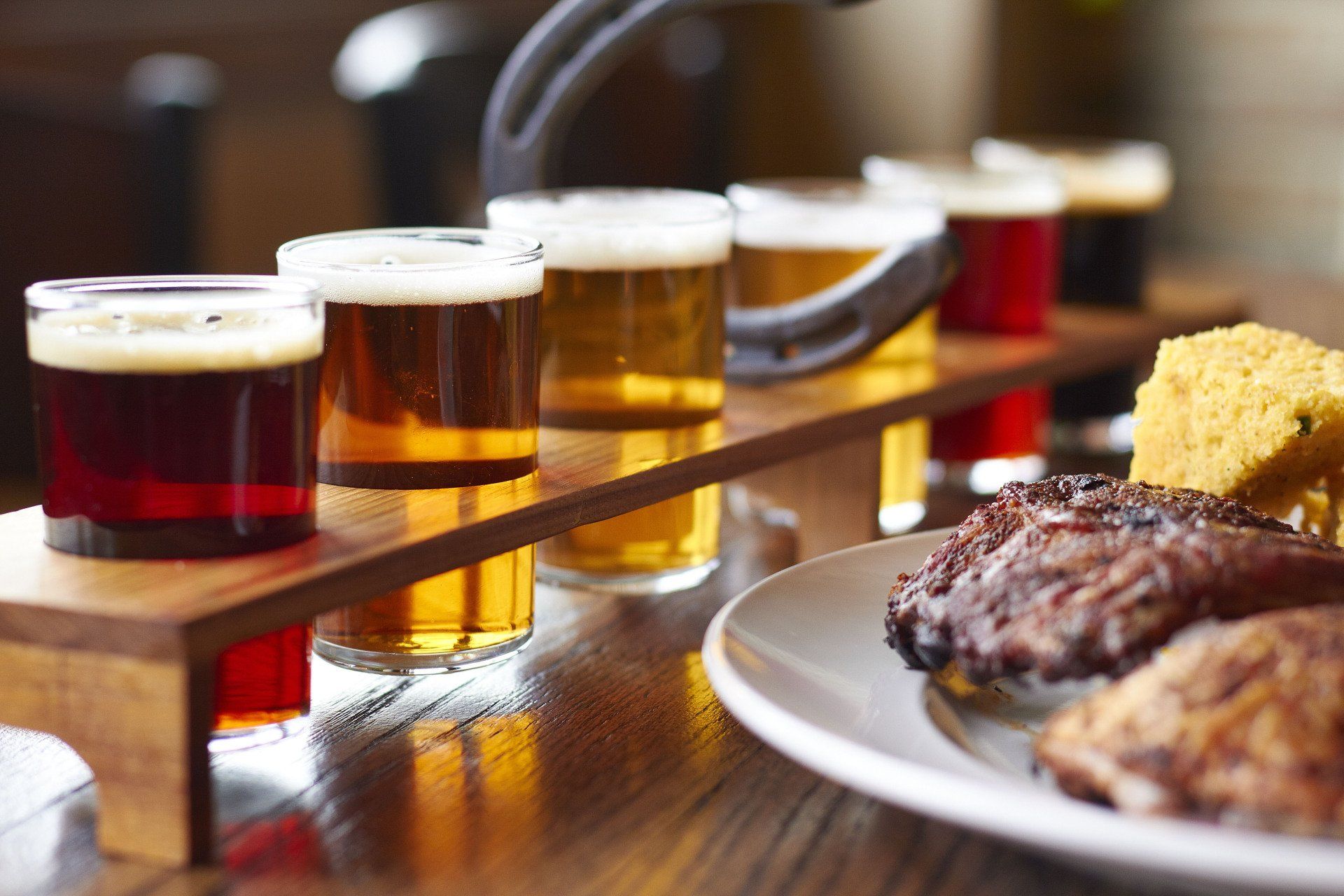
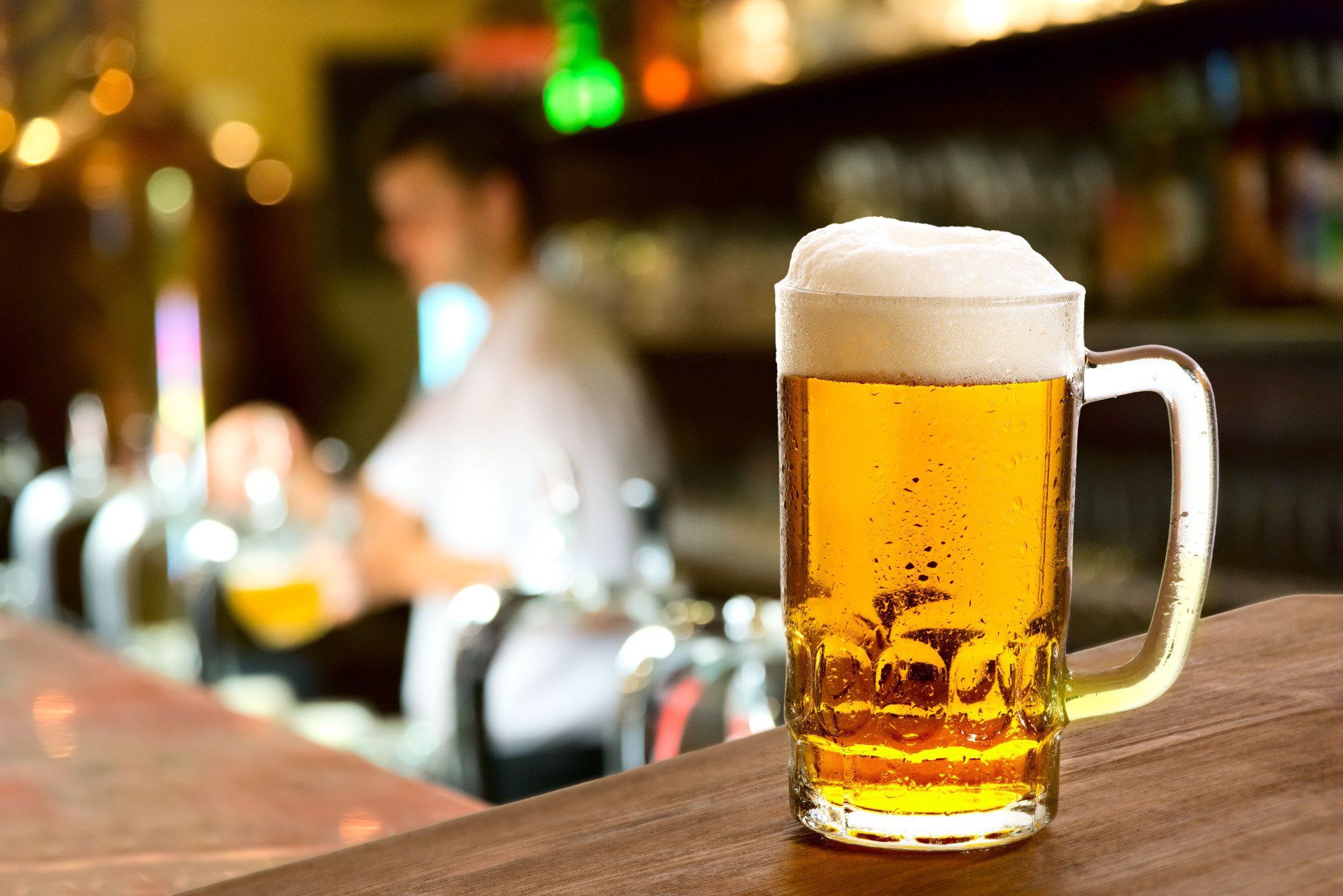
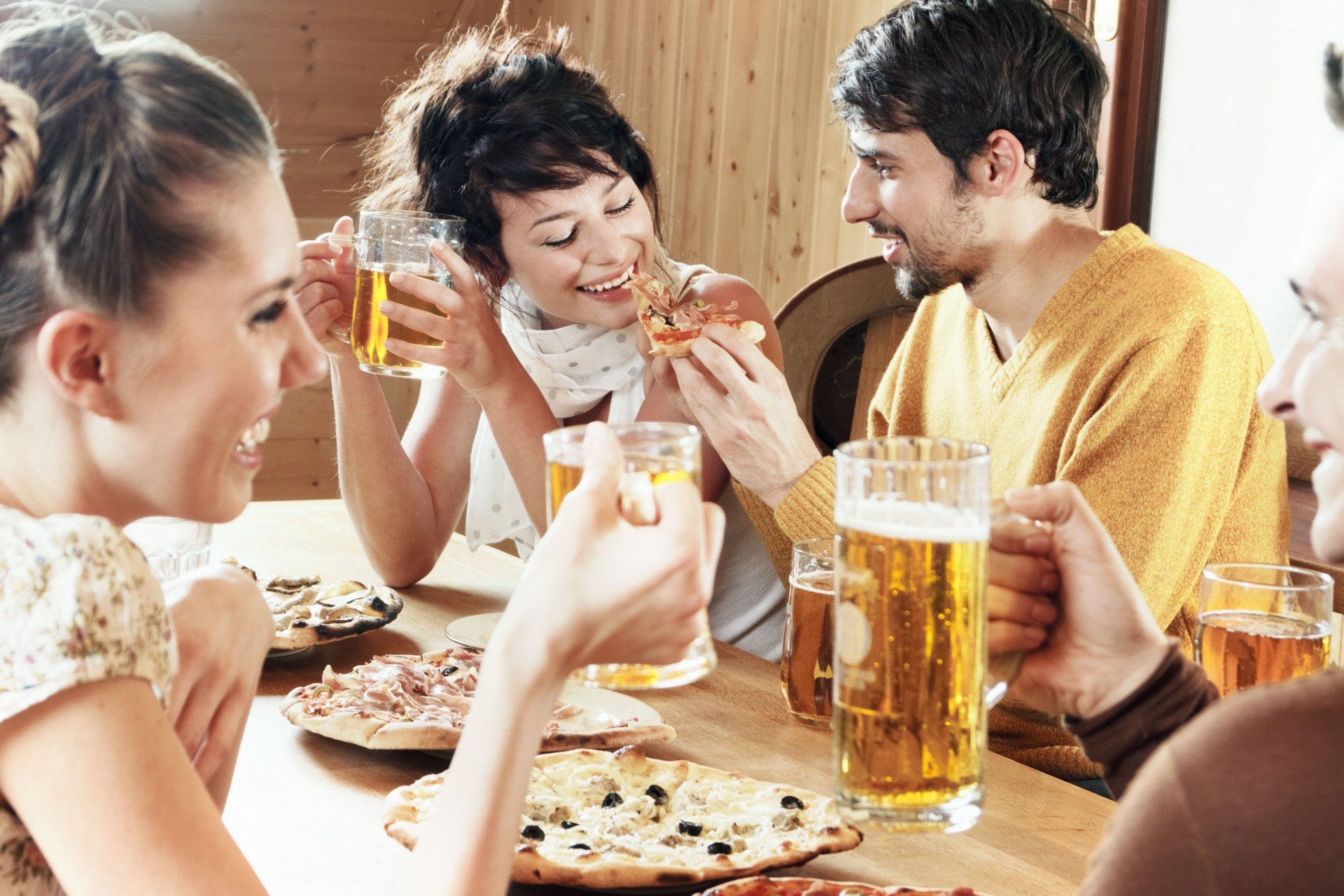
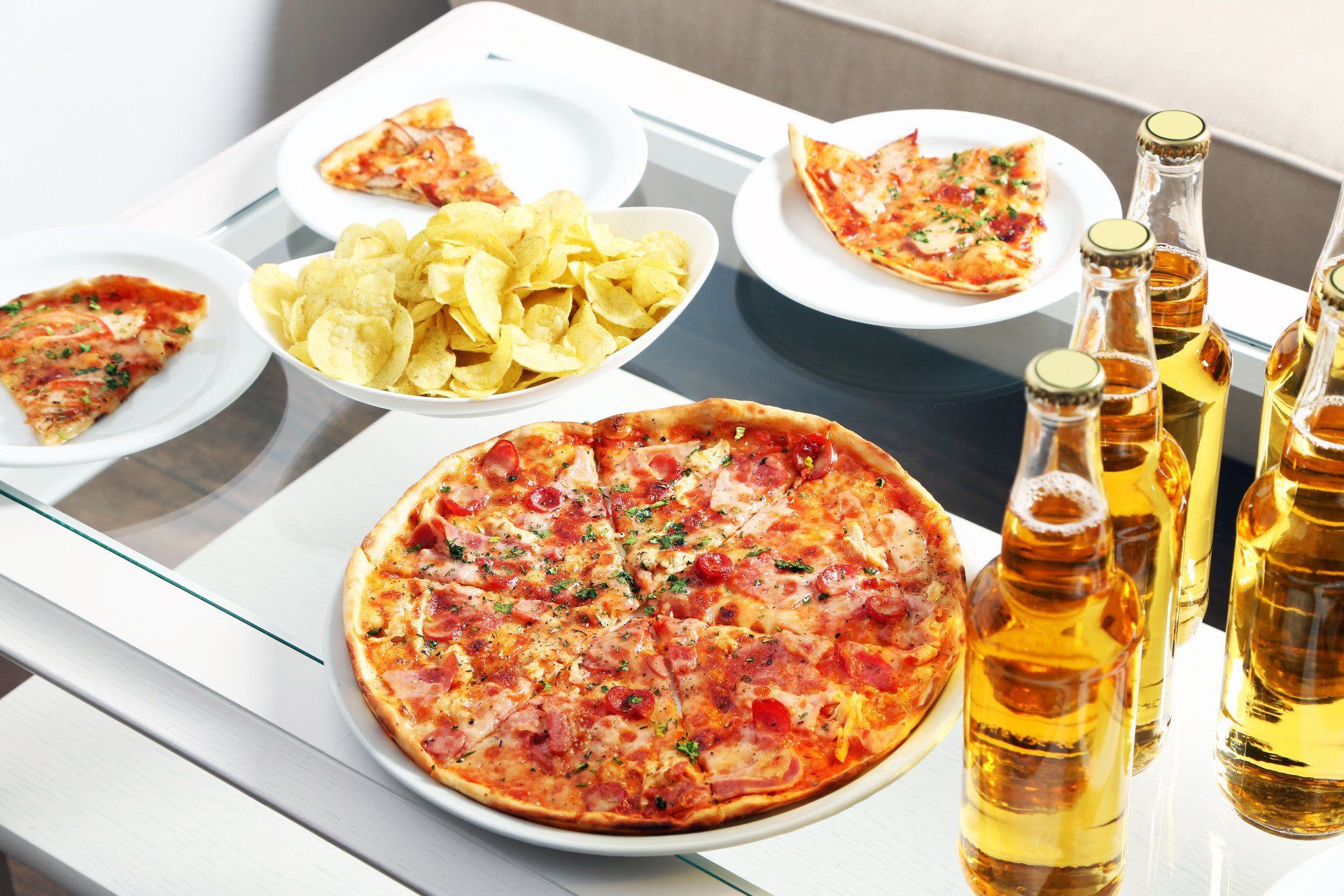
Share On: